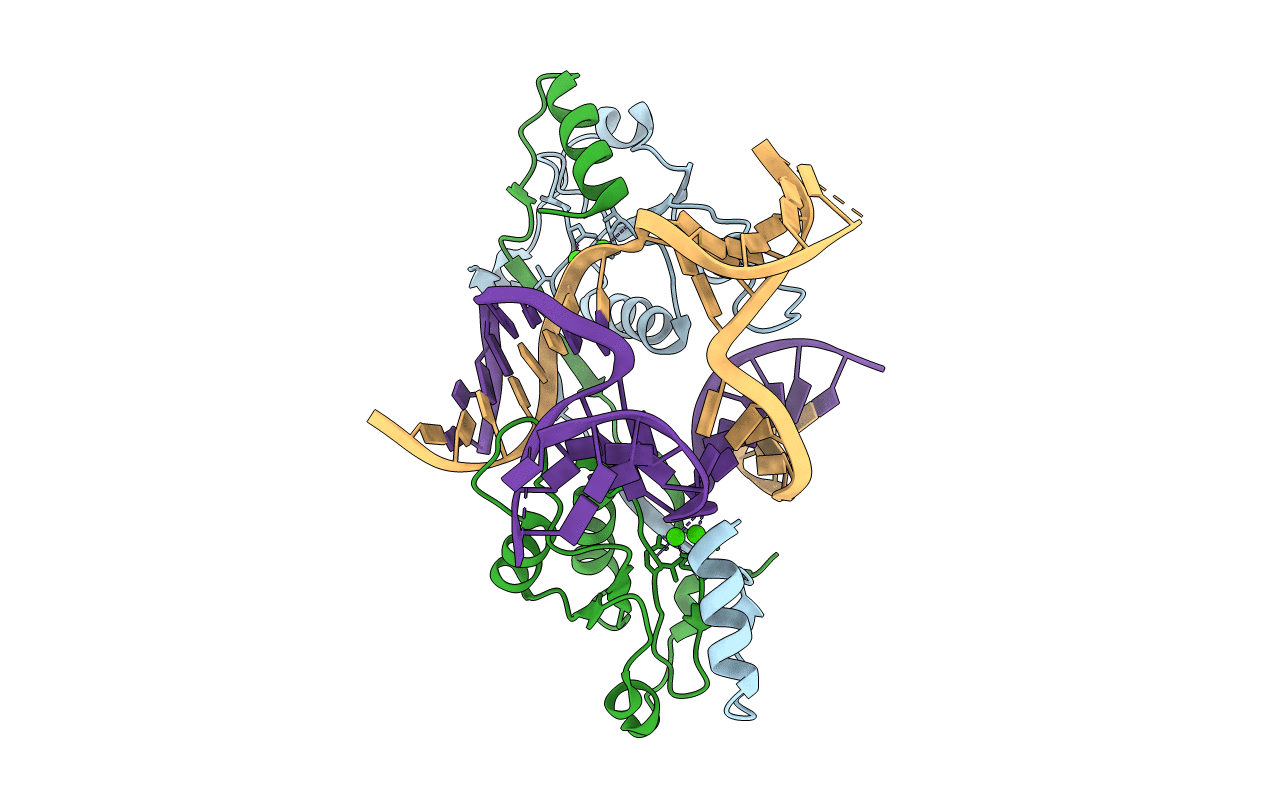
Deposition Date
2007-04-05
Release Date
2007-10-30
Last Version Date
2023-08-30
Entry Detail
PDB ID:
2PFJ
Keywords:
Title:
Crystal Structure of T7 Endo I resolvase in complex with a Holliday Junction
Biological Source:
Source Organism:
Enterobacteria phage T7 (Taxon ID: 10760)
Host Organism:
Method Details:
Experimental Method:
Resolution:
3.10 Å
R-Value Free:
0.29
R-Value Work:
0.26
R-Value Observed:
0.26
Space Group:
P 32 2 1


